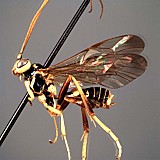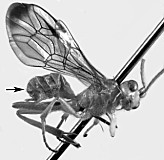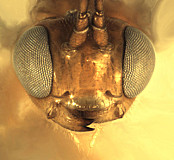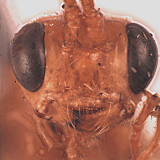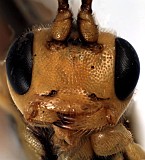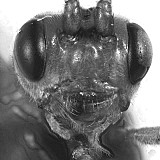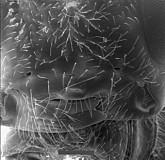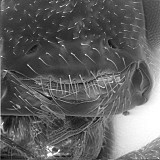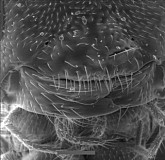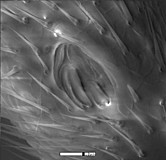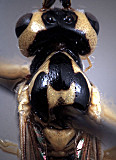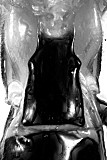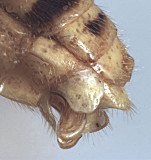This page was assembled by Bob Wharton. It is part of a revision of the genera of Westwoodiini and Scolobatini conducted by Kira Zhaurova as part of her M. S. thesis in Entomology at Texas A&M University, completed in 2005, parts of which are published in
Zhaurova and Wharton (2009a and 2009b).
This work owes much to the groundwork provided by Ian Gauld’s study of the Australian and Costa Rican faunas, and we are particularly grateful for his assistance in many aspects of this study. We also thank the following curators and researchers for extended loans of the material used for this revision: David Wahl (AEIC), Jason Weintraub (ANSP), Ian Gauld and Gavin Broad (BMNH), Andy Bennett (CNC), Gabriel Melo (DZUP), Anders Albrecht and Pekka Malinen (FMNH), Ronald Zúñiga (INBio), and Dave Furth (USNM). Matt Yoder provided considerable assistance along the way, particularly with databasing. Images used here were obtained through the combined efforts of Kira Zhaurova, Heather Cummins, and Patricia Mullins. Our use of PURLs (http://purl.oclc.org) follows the example of their use in publications by Norm Johnson. This content is based upon work conducted at Texas A&M University and supported by the National Science Foundation’s PEET program under Grant No. DEB 0328922 and associated REU supplement nos DEB 0723663 and DEB 0616851. Page last updated April, 2011.
This material is based upon work supported by the National Science Foundation under Grant Number DEB 0328922 with REU supplements DEB 0723663 and 0616851.
Any opinions, findings, and conclusions or recommendations expressed in this material are those of the author(s) and do not necessarily reflect the views of the National Science Foundation.

